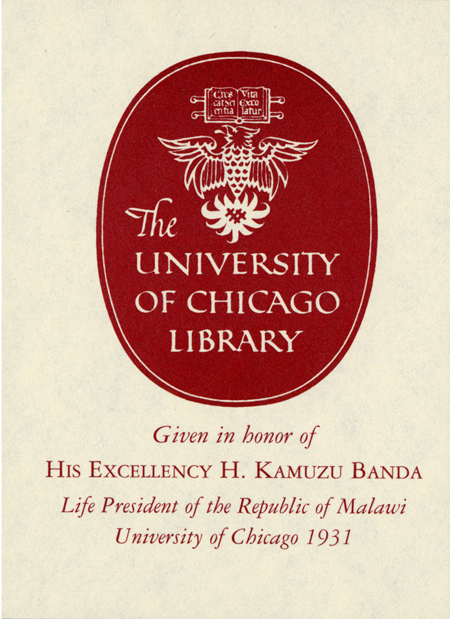Elusive hunters : the Haddad of Kanem and the Bahr el Ghazal /
Saved in:
| Author / Creator: | Nicolaisen, Ida. |
|---|---|
| Imprint: | Aarhus : Aarhus University Press, c2010. |
| Description: | 522 p. : ill. (chiefly col.), maps ; 29 cm. |
| Language: | English |
| Series: | Carlsberg Foundation's Nomad Research Project Carlsberg Foundation's Nomad Research Project (Series) |
| Subject: | |
| Format: | Print Book |
| URL for this record: | http://pi.lib.uchicago.edu/1001/cat/bib/7989439 |
| Summary: | This publication is about the Haddad of Kanem and the Bahr el Ghazal, an indigenous people whose entire way of life, social position within the society at large and view of themselves and the world is or has been associated with hunting. It is based on ethnographic fieldwork conducted in Chad in the summer and early autumn of 1963. The overall aim of the book is to supplement the existing knowledge of social life in Kanem and Bahr el Ghazal in general, of the Haddad in particular, and to offer further evidence on hunting and foraging groups in West Africa. The expose relies on the ethnographic data collected by Ida Nicolaisen and the late Johannes Nicolaisen among the Haddad and accounts volunteered by Kreda and Kanembu acquaintances. To this day, knowledge of Kanem and the Bahr el Ghazal and the people who live there is fragmental. In view of this, Ida Nicolaisen has ventured far beyond traditional anthropological pastures and into those of naturalists, geologists, geographers, agronomists, historians, political scientists, archaeologists and linguists to place the Haddad within the broader historical and ethnic setting of which they are part. |
|---|---|
| Physical Description: | 522 p. : ill. (chiefly col.), maps ; 29 cm. |
| Bibliography: | Includes bibliographical references (p. 487-498) and indexes. |
| ISBN: | 9788779343948 8779343945 |

